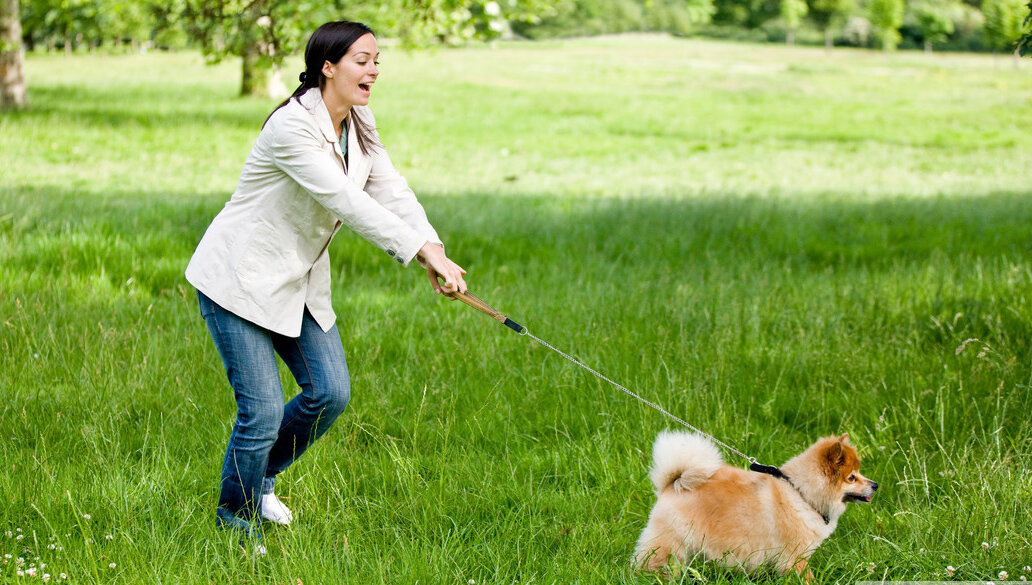Selecting the ideal dog training and boarding facility for your pet might be really important. Finding a home for your dog to reside is only one aspect; another is making sure they live in surroundings where they will be safe, well-cared for, and learning ground for useful skills. Given the abundance of choices available, one must be sure to choose the correct one. This detailed guide will enable you to select the best dog boarding and training program for your pet.
The Particular Requirements Of Your Dog Boarding and Training.
Every dog is unique, hence the program you decide on should meet the particular demands of your pet. This calls for considering elements such as their breed, temperament, age, and health. Let us deconstruct this.
Breed and Temperament
Energy and temperaments vary among breeds. A high-energy dog like a Border Collie, for instance, will demand plenty of stimulus and exercise. On the other hand, a calmer breed—like a Bulldog—may find contentment in less action. Make sure the application you decide on can customize the instruction depending on the breed of your dog.
Different temperamental dogs also require particular treatment. While some dogs are shy or afraid, others are more sociable. The program you choose should be able to accommodate the temperament of your dog, thereby enabling them to be at ease even while they learn.

Years and Health
Young puppies could require more help with socializing and basic walking training. Older dogs could have developed behaviors that need work. Make sure the program tailors the dog training to your level and takes the age of your dog into account.
Especially crucial to highlight if your dog suffers from health problems is The institution should be informed and ready to meet any particular needs, such as medicine distribution or a cozy rest place.
Investigate the standing of the facility.
You want your dog sent to only one institution. Researching the standing of the boarding and training program is very vital to guarantee their dependability.
Review Materials And Testimonials.
Reading comments and reviews from other pet owners is one of the finest methods to find out about a facility. See what others had to say about their encounter. Were their dogs content and under good care? Did the instruction teach their pets new skills? Search for evaluations on several sites, including the Google reviews, social media profiles, and website of the facility. This will help you to grasp the service more holistically.
Visit the Facility.
Visit the boarding and training facility personally whenever at all feasible. This lets you meet the personnel tending to and training your dog as well as find out where it will be staying. Verify the facility’s safety, cleanliness, and maintenance state.
- Trainer Certificate Requirements Inquire of the trainers’ credentials. Are their certificates in dog training? Having dealt with pets, how much experience do they possess? An excellent trainer will be pleased to discuss their history and approach.
- Know the Training Techniques Employed Various programs apply different training approaches. Understanding these techniques and ensuring they fit your dog’s goals is crucial.
- Different Approaches vs Positive Reinforcement Positive reinforcement—which praises dogs for good behavior—is used extensively by many trainers. This is a mild and successful method of teaching dogs without resorting to severe penalties. Make sure the facility you pick makes efficient and humane use of techniques.
- Consistency and Open Communication Dog training requires consistency above everything else. Find out how the institution contacts you with the advancement of your dog. Will they offer advice on how to keep on the course of instruction from home? Look for initiatives that give continuous communication first priority so you may reinforce what your dog picks up upon return home.
- Review the Daily Plan and Attendance Record. The facility’s daily timetable should strike a mix between training and time for play, rest, and feeding. You want your dog to be not overwhelmed by too much training without pauses.
Juggling Dog Dog Boarding and Training and Play Time
Even dogs in training need time to unwind and have fun. Inquire of the facility about their calendar. Does playtime and training sessions balance each other nicely? Dogs who have ample play and rest typically find great success in training.
Rest, Exercise, and Food
The most fundamental needs of your dog should be adequately met. Make sure the facility offers enough relaxation and exercise and adhering to a consistent eating schedule This will keep your dog content and healthy during their visit.
Examine Safety and Health Policies.
Selecting a dog boarding and training program calls for first consideration of safety. Strict health and safety policies ought to be part of the institution.
Required Vaccinations
A respectable facility will demand that every dog be current in vaccines. This maintains all pets safe and helps stop the spread of infections. Inquire of the program about their immunization practices.
Emergency Assistance
Find out what the facility does in an emergency. Is a veterinarian on call? Do employees receive health issue handling instructions? Knowing your dog is in capable hands can help you to relax.
Program’s Costs and Program’s Length
One should be aware of the expenses and duration of a program they are selecting.
Program Charges
The services they provide determine the rates different facilities charge. Make sure the price’s included items make sense. Does the cost cover food, medical treatment, boarding, training, and equipment? Alternatively do some services have extra fees?
Travel Time: Stay Length
What you wish your dog to learn will determine how long the training runs. While some programs might run several days, others can endure several weeks. Specify exactly the length of the training and the expected results.
- Inquire about follow-up support and customizing. It’s important to see if the program provides tailored dog training plans since certain dogs require more concentrated attention than others.
- Customized Education Programs An excellent boarding and training program will provide tailored instruction depending on the needs of your dog. For instance, the program should concentrate on helping your dog with a particular behavior—like jumping or barking—should it suffer with that.
- Following Training Assistance You will want to keep reinforcing your dog’s training once they are home. Find out whether the facility provides follow-up assistance. Certain programs offer tools, advice, or even extra meetings to keep your dog on target.
Last Thought
Although it can seem daunting, choosing the finest dog boarding and training program for your pet need not be difficult. You may choose the ideal facility for your dog by thinking about its particular requirements, investigating the training techniques, knowing whether daily care satisfies your expectations, and so on.
Remember, what your dog learns and how they are handled counts more than just where they stay. Your dog will not only be well taken care of but also come home with fresh skills and improved behavior with the correct boarding and training program.
Section FAQs
How long is usually a dog boarding and training program?
Though the length can vary, most programs last one to four weeks depending on the needs of your dog.
During their stay at a boarding and training facility, may I see my dog?
Although many facilities accept visits, it’s vital to find out their particular policies to prevent stopping the development of your dog.
For the stay of my dog in a boarding and training facility, what should I pack?
Stow your dog’s blankets, toys, and food. While some facilities offer everything, it’s always wise to ask ahead of time.
When will the behavior of my dog start to change?
Although you might see little changes in a week, major changes usually require the whole program length.
Exist programs designed for particular behavioral problems?
Indeed, a lot of boarding and training courses are designed to target particular problems including leash tugging, separation anxiety, or aggression.
When you decide on the best dog training and boarding facility for your pet, this guide should give you confidence. Enjoy your training.






























